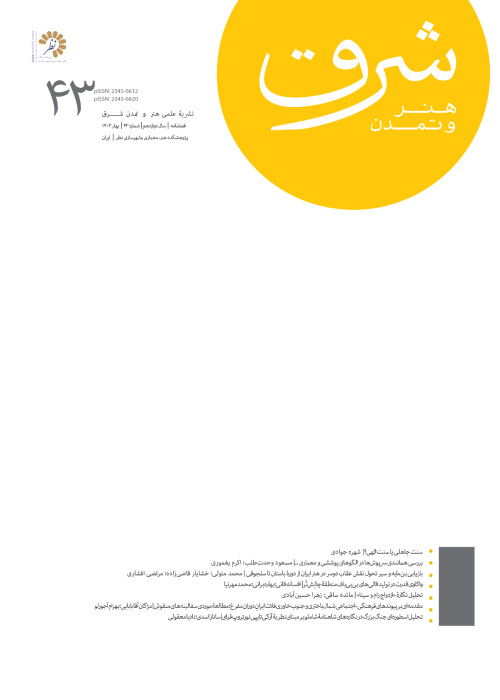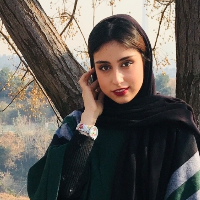The Growth of Empty Space in the Architectural Anatomy of Tehran Houses(From Late Qajar Period to the Beginning of the Islamic Republic)
Spatial quality is one of the features of Iranian anatomical architecture, which, like the legacy of past architects, has been passed down from generation to generation and has been advanced and expanded in the architecture of each era consistent with its needs. This sequence of alteration from the late Qajar period to the beginning of the Islamic Republic has a different procedure that can be discussed according to the other changes in this period of adjustment. Via the interpretive method, processing design documents and field observations of well-known buildings in the Pahlavi area have been processed and, after initial estimation, the hypothesis in selected samples is tested to identify volume processing solutions. In the physical volume processing literature, empty space does not act as a mass in the volume and mass design stages, like the courtyards of traditional houses. In the process of physical space, residential buildings evolve from a continuous space to spots in plan, changes, and porosity in the facade, and finally, the total volume due to the structural systems and the boldness of the architects enter. Spatial quality is one of the features of Iranian anatomical architecture, which, like the legacy of past architects, has been passed down from generation to generation and has been advanced and expanded in the architecture of each era consistent with its needs. This sequence of alteration in the late Qajar period to the beginning of the Islamic Republic has a different procedure that can be discussed according to the other changes in this period of adjustment. This issue is significant when the architects of this era, due to politics, cultural nature, and educational practice, tried to develop creativity by modeling imported architecture and did not hide such an issue. However, compared to the previous era, life experiences in the previous space caused a secret connection in this period. This study aims to understand how sufficient empty space is present in the quality of contemporary housing and residential buildings in Tehran and what changes have been made in the design system from the late Qajar period to the beginning of the Islamic Republic. In this regard, via the interpretive method, processing design documents and field observations of well-known buildings in the Pahlavi area were examined and, after initial estimation, the hypothesis in selected samples was tested to identify volume processing solutions.
- حق عضویت دریافتی صرف حمایت از نشریات عضو و نگهداری، تکمیل و توسعه مگیران میشود.
- پرداخت حق اشتراک و دانلود مقالات اجازه بازنشر آن در سایر رسانههای چاپی و دیجیتال را به کاربر نمیدهد.





